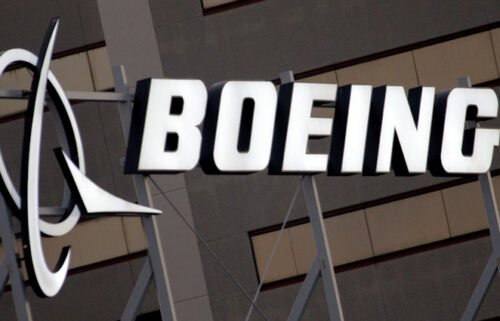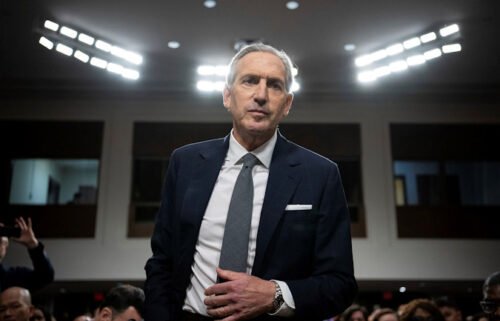Price hikes and spending cooled last month, Fed’s preferred inflation gauge shows

Price hikes and spending cooled last month. In this image
Minneapolis (CNN) — The Commerce Department on Thursday delivered an early present to the Federal Reserve: The central bank’s favorite inflation gauge fell to its lowest level since the spring of 2021, and consumers lifted their foot off the gas pedal.
The core Personal Consumption Expenditures price index, which excludes volatile gas and food prices and is the Fed’s preferred inflation gauge, rose 0.2% last month and 3.5% for the year ended in October, according to data released Thursday.
That’s right in line with economists’ expectations.
The core PCE price index is at its lowest annual rate since April 2021, marking another step toward the Fed’s target of 2% inflation.
“If you look at the three-month average for core PCE, it’s coming in at 2.5%, and so that’s pretty darn close to target,” Bharat Ramamurti, former deputy director at the National Economic Council, told CNN in an interview.
When including gas and food prices, the overall PCE index was unchanged last month. It’s the first time since July 2022 that prices did not rise on a monthly basis.
Annually, the headline index is up 3%, which is the lowest it’s been since March 2021.
The Commerce Department’s latest Personal Income and Outlays report also showed that consumers reined in some spending in October.
Consumer expenditures increased 0.2% last month, a marked pullback from the 0.7% jump seen in September. When taking out inflation, however, the 0.2% real spending in October was down only slightly from September’s 0.3% gain.
Spending on international travel, hospital and nursing home services, accommodations and gasoline helped to drive the month’s increase. Consumers also pulled back on purchases of durable goods (cars, furniture, electronics) as well as some non-durable goods categories like apparel.
Personal income increased by a modest 0.2% last month, and the savings rate ticked up by 0.1 percentage points to 3.8%, according to the report.
Holiday uncertainty
The spending patterns last month align with the ongoing trend of people spending their money more on experiences. However, the pullback on the goods side also could be a matter of consumers waiting to see what deals may be delivered over the holidays, Kayla Bruun, senior economist at Morning Consult, told CNN.
The shoppers came out in droves during the post-Thanksgiving weekend.
On Black Friday at the Mall of America in Bloomington, Minnesota, about 12,000 shoppers entered the megamall during the first hour of it being opened, an increase of 20% from last year, Jill Renslow, the mall’s chief business development and marketing officer, told CNN.
Shoppers did shell out for the Black Friday weekend and through Cyber Monday; however, they spent less on average than they did back in 2019, according to initial data from the National Retail Federation.
The heavier foot traffic, however, could be foretelling in a couple of different ways for the consumer, Bruun said.
“Is that more indicative of consumers being more price-sensitive?” she said. “Or, is it a sign that consumers are actually motivated to spend?”
Last gasp?
Throughout this year, US consumers consistently bucked expectations that a broader pullback was in store for them, that they would eventually draw down their savings and be eventually tapped out.
Some of the latest data on household balance sheets and spending as well as survey data seem to indicate further slowing is indeed on the horizon. Credit card balances are growing, delinquencies are ticking up, student loan payments are back in the mix, wage growth is slowing and painfully high interest rates are making debt dangerously expensive.
But for now, the labor market is holding steady and unemployment remains historically low.
“During the last couple of years, as we were coming out of the economic downturn, we were sprinting to recover the position that we were in pre-pandemic,” Ramamurti said. “And it worked: We largely got to the front of the pack. But we’re running a marathon, and you can’t sprint the whole marathon, and you have to settle into a steady pace.”
“Barring something pretty unexpected, I would expect that trend to continue,” he said.
Correction: A previous version of this story misstated when monthly prices last did not rise.
The-CNN-Wire
™ & © 2023 Cable News Network, Inc., a Warner Bros. Discovery Company. All rights reserved.



